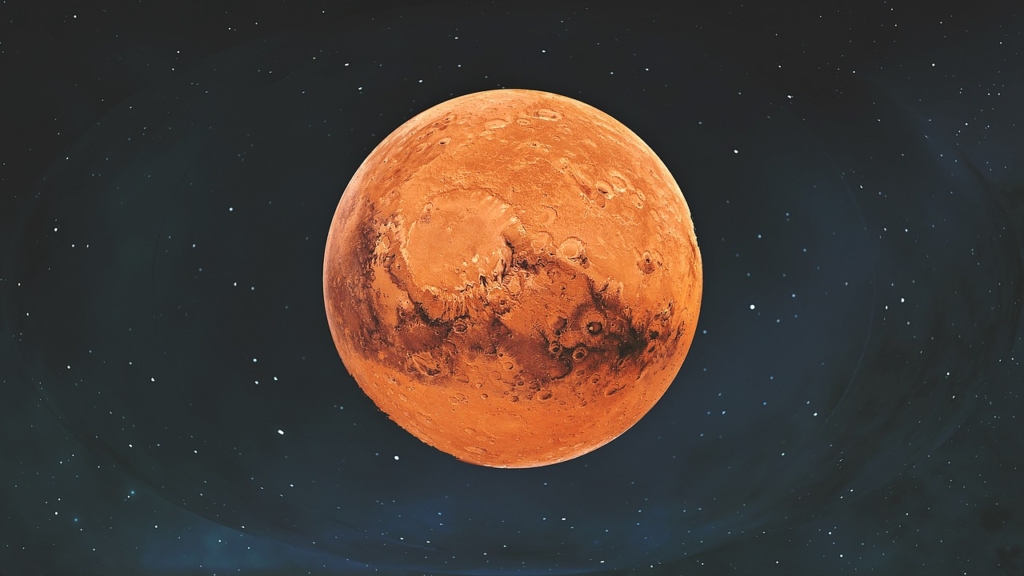A massive solar flare is expected to create auroras on Mars that are different from the northern and southern lights on Earth. Sunspot AR3738 recently erupted a powerful X1.9-magnitude solar flare on July 16, sending solar plasma into space. These coronal mass ejections (CMEs) pass Earth and collide with Mars, potentially causing auroras there.
the Newsweek Coronal mass ejections on Earth are reported to interact with the magnetic field and produce geomagnetic storms that cause aurorae near the poles. This phenomenon occurs when plasma travels along magnetic field lines and interacts with atmospheric gases such as nitrogen and oxygen, which emit different colored light.
In contrast, Mars does not have a global magnetic field similar to Earth's. Instead, it has smaller, more irregular magnetic fields, resulting in a different auroral distribution.
Mars and the magnetic field
Mars does not currently have a global magnetic field, but it once had a strong magnetic field generated by an early dynamo about 4 billion years ago, similar in strength to Earth’s current field. That dynamo is dead, but a weaker dynamo may have been active until about 3.8 billion years ago. The Martian crust in the southern hemisphere shows strong magnetization with alternating lines, while the northern plains are mostly unmagnetized. This realization comes from satellite measurements and geomagnetic data collected on Mars.
Because Mars has no protective magnetic field, solar flares from coronal mass ejections can bombard the entire planet, not just the poles. This produces auroras that can light up the entire Martian sky, especially during periods of high solar activity. Such conditions could also pose a hazard to future astronauts, as these particles penetrate deep into the atmosphere.

Source: Pixabay
Aurora Borealis
Images from NASA's MAVEN spacecraft show Martian auroras as a purple glow in ultraviolet light. However, from the planet's surface, they likely appear green due to the presence of atomic oxygen in the upper atmosphere. Efforts are underway to equip future missions with better cameras that can capture these auroras more accurately, as current Mars cameras do not have suitable nighttime settings.

Source: Pixabay
Sunspots AR3738
the Spaceweather.com The researchers report that sunspot AR3738 is approaching the “danger zone,” the area where the sun’s magnetic field, known as the Parker vortex, connects sunspots to Earth. When sunspots pass over the western edge of the sun, they enter this zone and make a magnetic connection with our planet. This allows charged particles from sunspots to travel quickly from the sun to Earth, where they are rapidly accelerated.
You may also be interested in:






